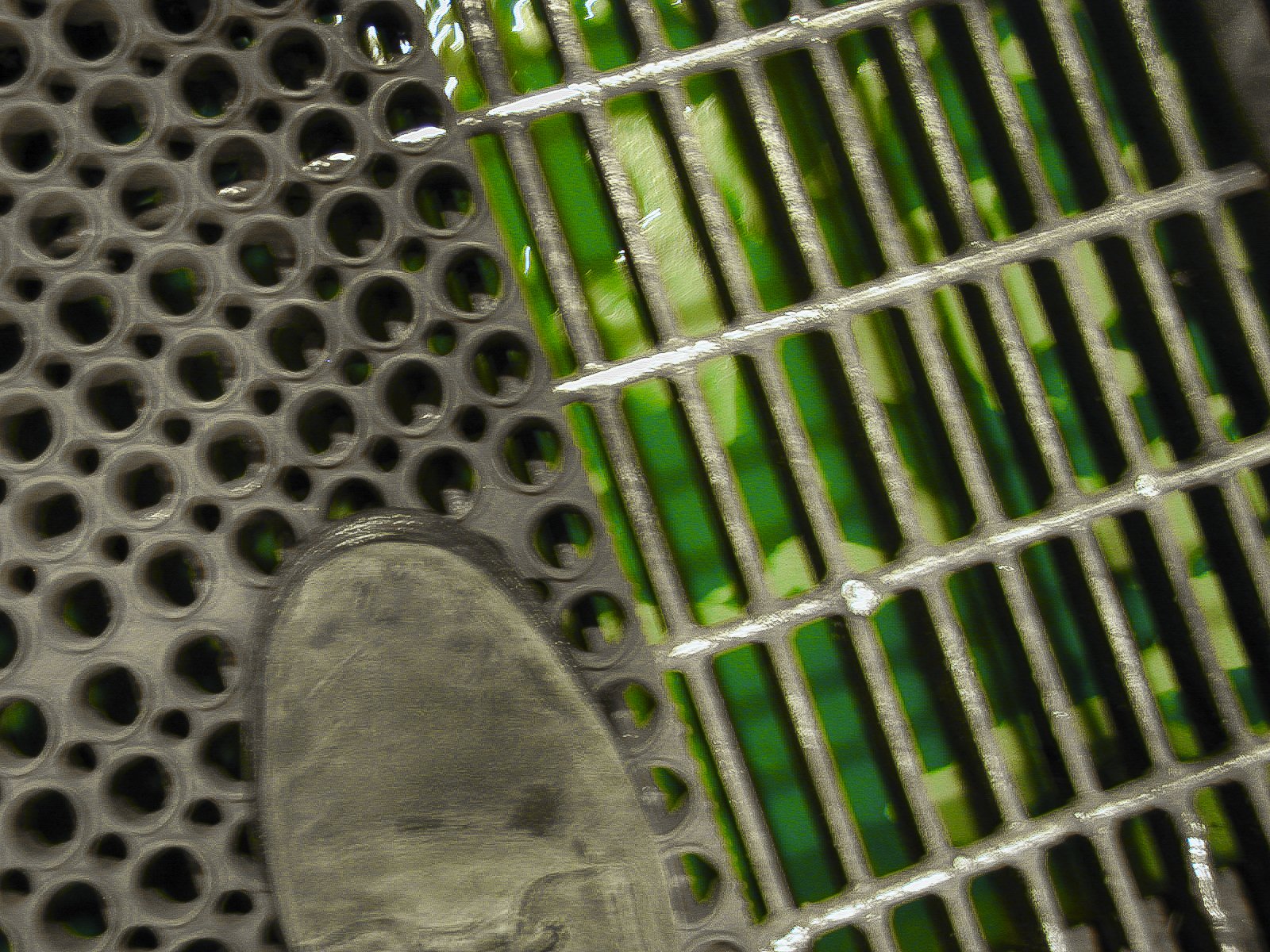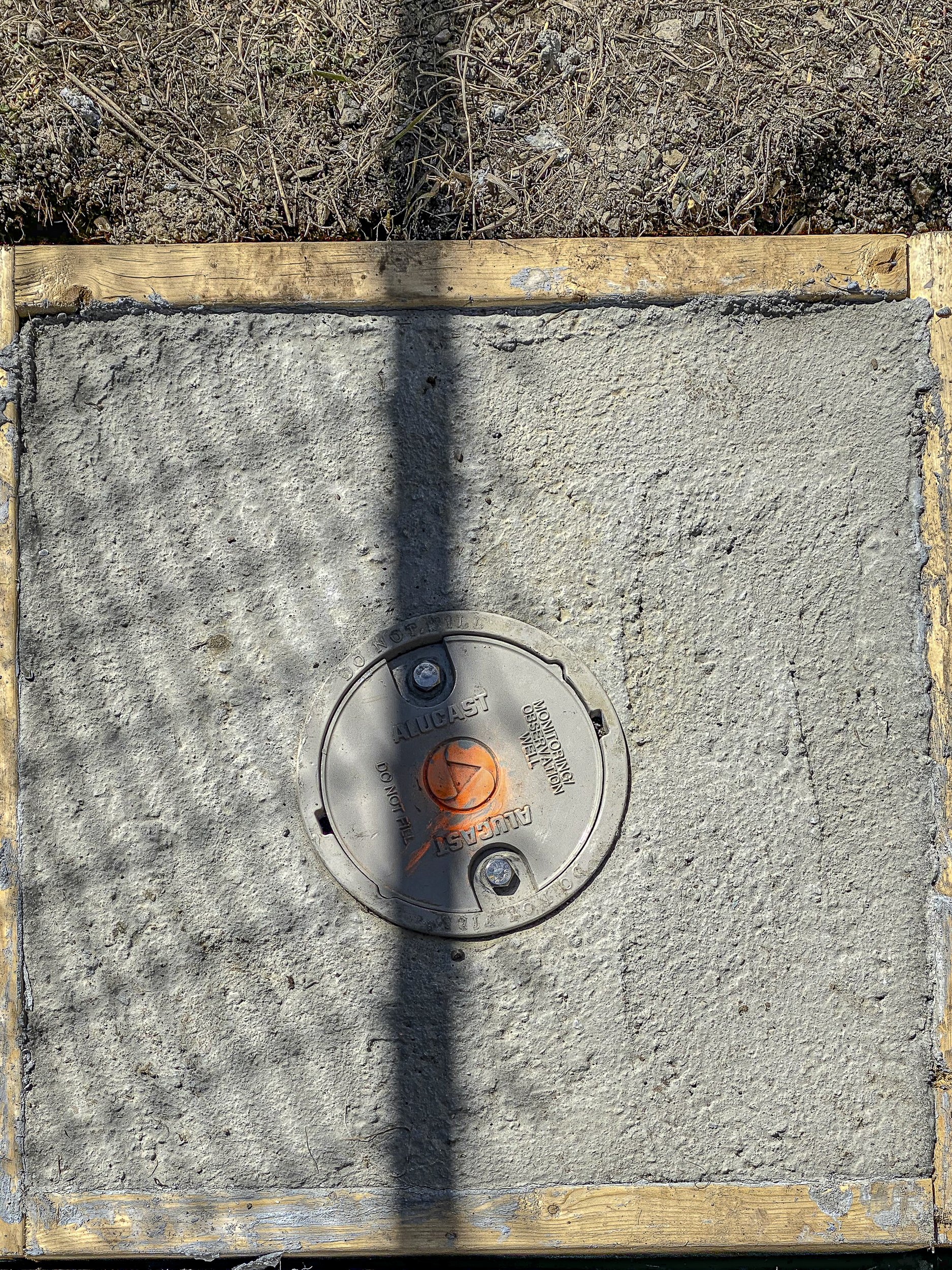
Environmental Site Investigations for Pre-Purchase, Refinancing and Regulatory Purposes
Site investigations can follow a tiered approach, including a Phase I Environmental Site Assessment (“ESA”), a Phase II ESA and a Contamination Delineation work program. Site remediation can follow these assessments based on the objectives of the proponent.
The purpose of a Phase I environmental site assessment is to identify Areas of Potential Environmental Concern (“APEC’s”). No soil or groundwater sampling is included in a Phase I ESA, however, conclusions regarding environmental risks to the property are identified along with recommendations for further work.
The purpose of a Phase II ESA is to identify Contaminants Of Concern (“COC’s”) at the APEC’s. The Phase II ESA work program is designed to address the recommendations for further work identified in the Phase I ESA and may include activities such as soil sampling, groundwater sampling, asbestos or PCB testing, or the removal of non-compliant physical structures such as abandoned underground storage tanks.The results of a Phase II ESA will yield a presence/absence conclusion regarding contamination conditions at the APEC’s, but may not fully delineate the extent of the issue.
The purpose of a Contamination Delineation program is to develop boundary conditions which encompass the extent and magnitude of any Contaminants Of Concern that have been identified within the Phase II ESA.
The purpose of a Site Remediation is to achieve regulatory compliance for a specific property. A Site Remediation work program can address the identified boundary conditions of the Contaminants Of Concern through the development of a Remedial Action Plan (“RAP”) or immediate site action. Work programs undertaken for Site Remediation can include, but are not limited to, soil excavation, in-situ remediation, groundwater recovery and treatment, oxidation, or in limited circumstances a Risk Assessment (RA) process.
Project Gallery


















